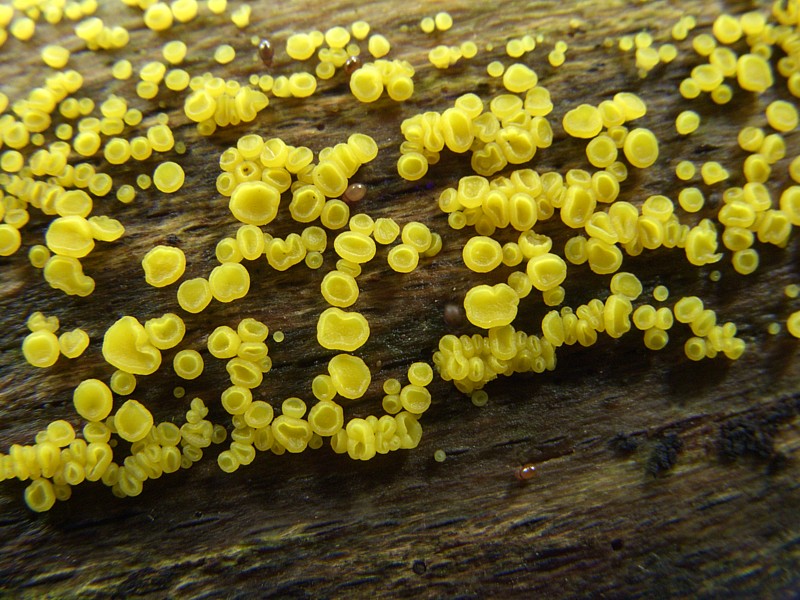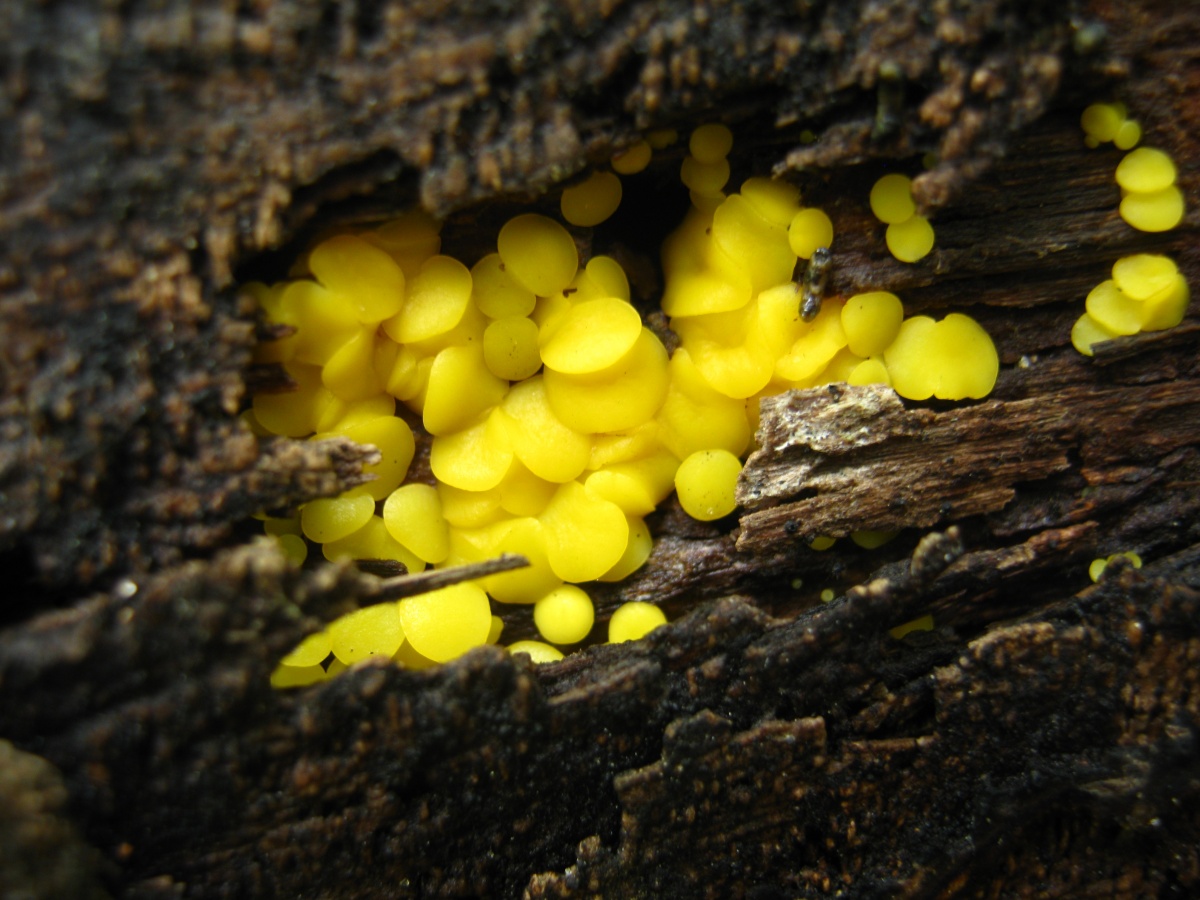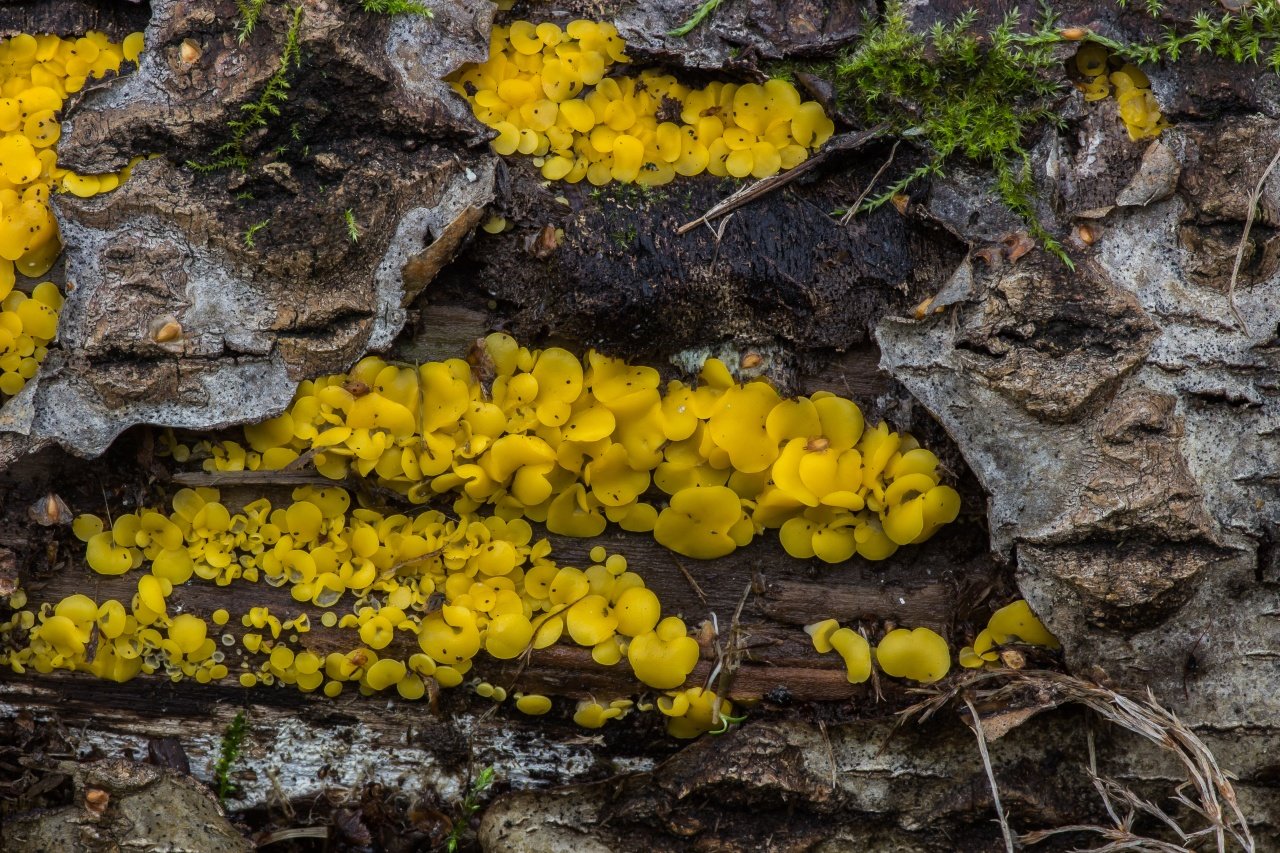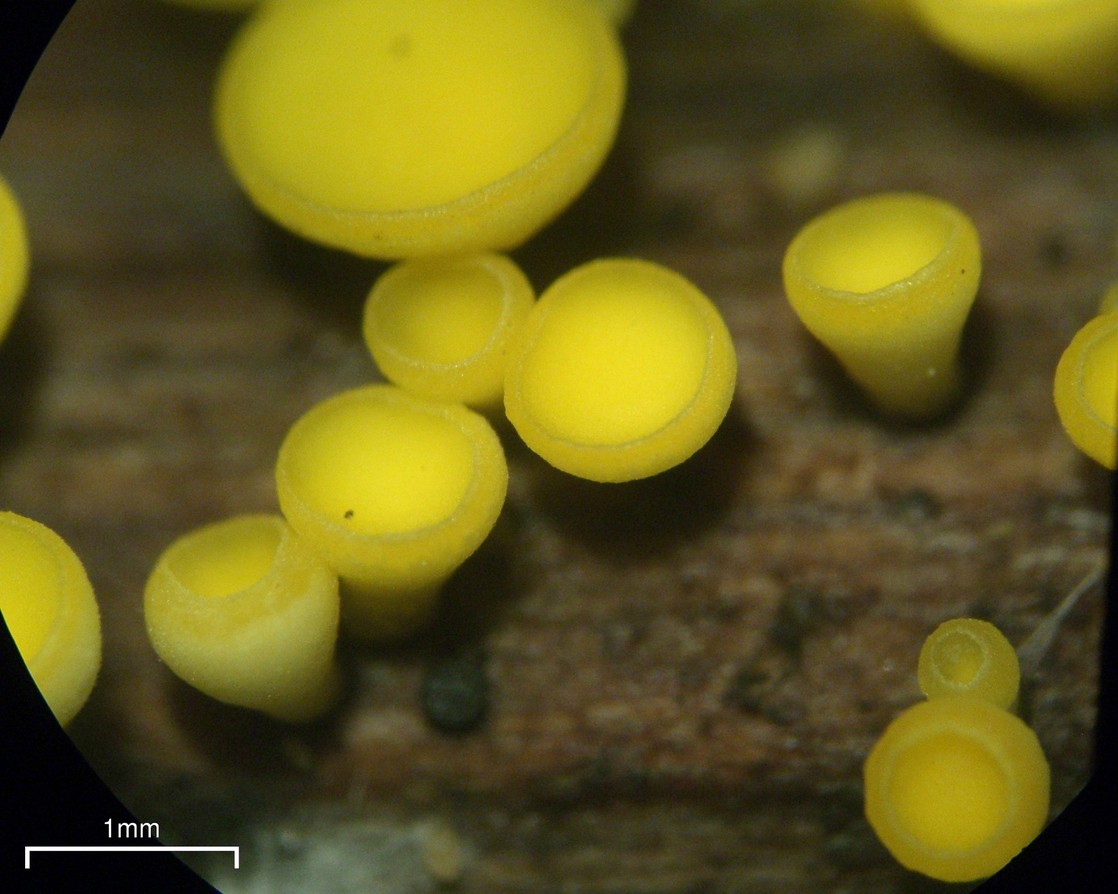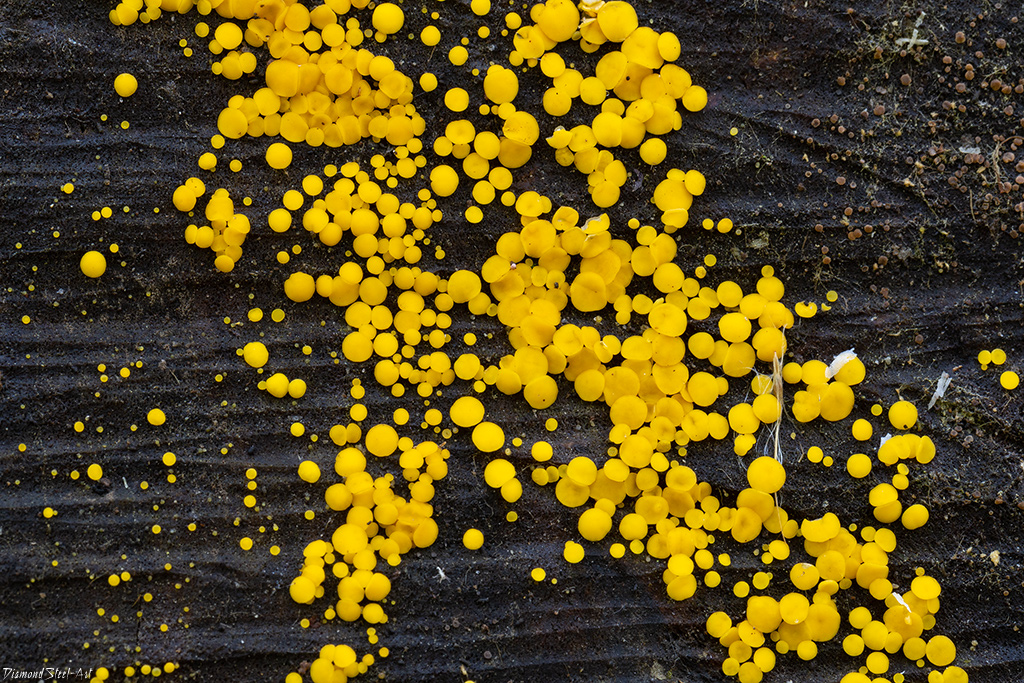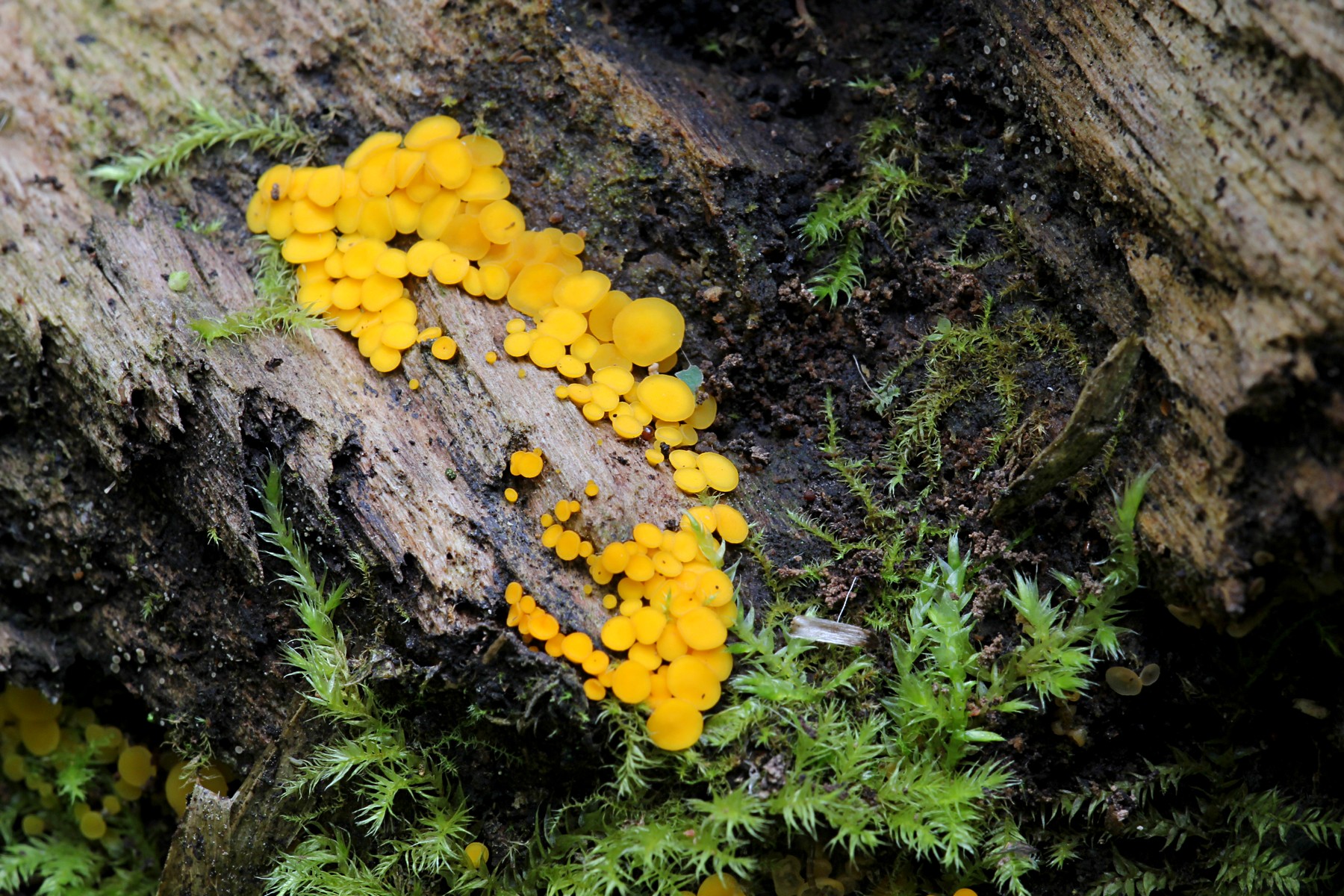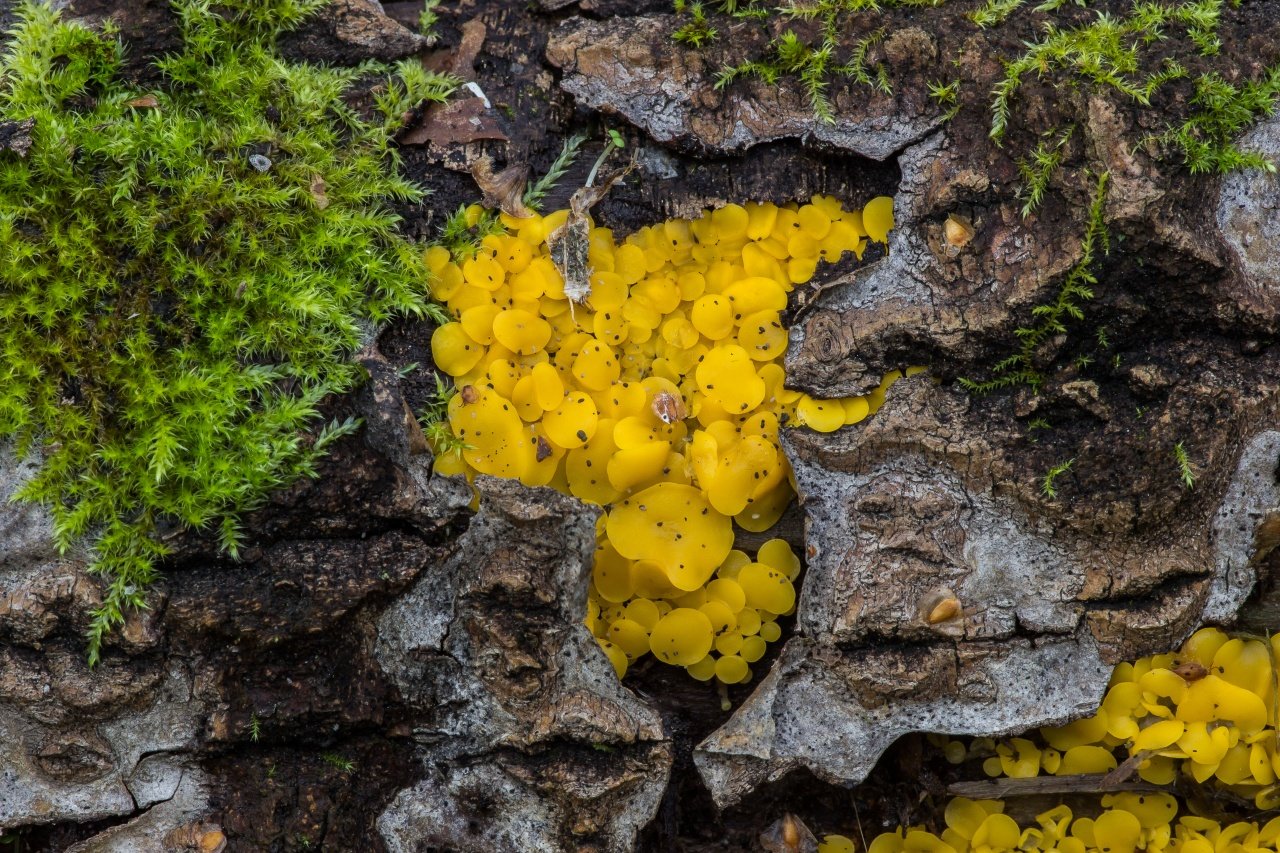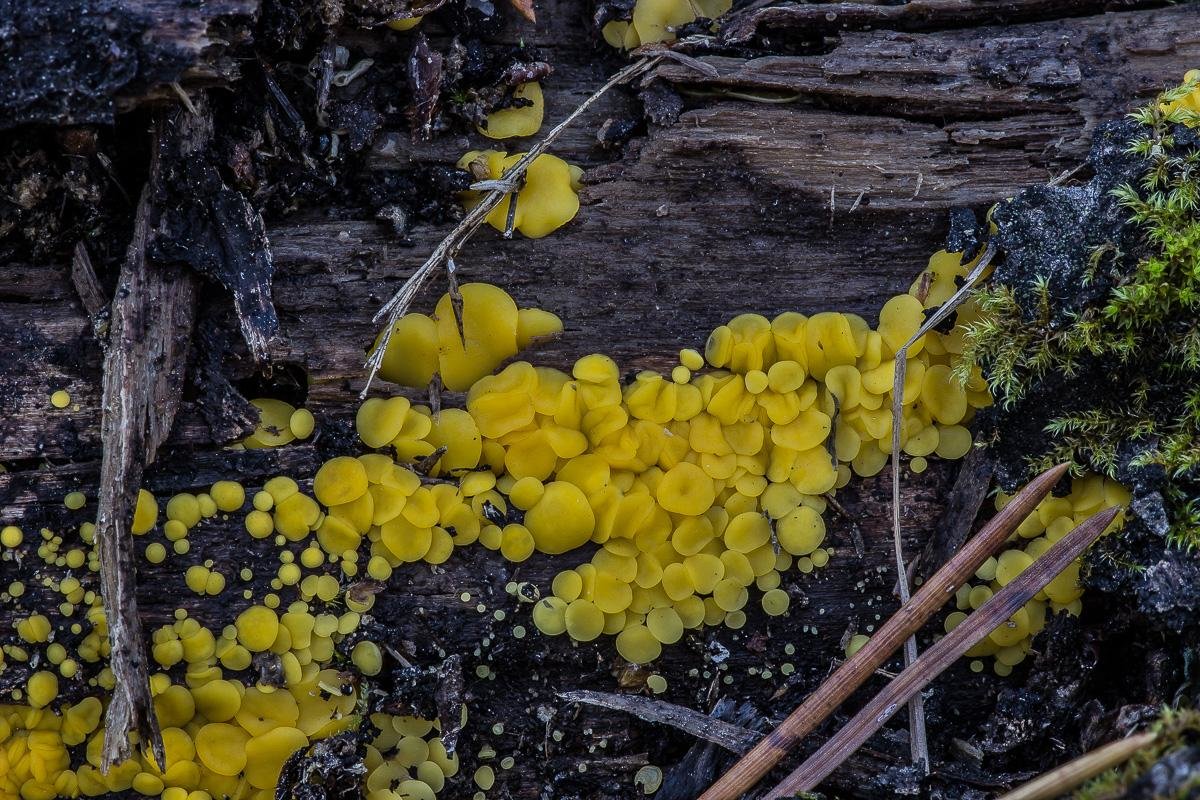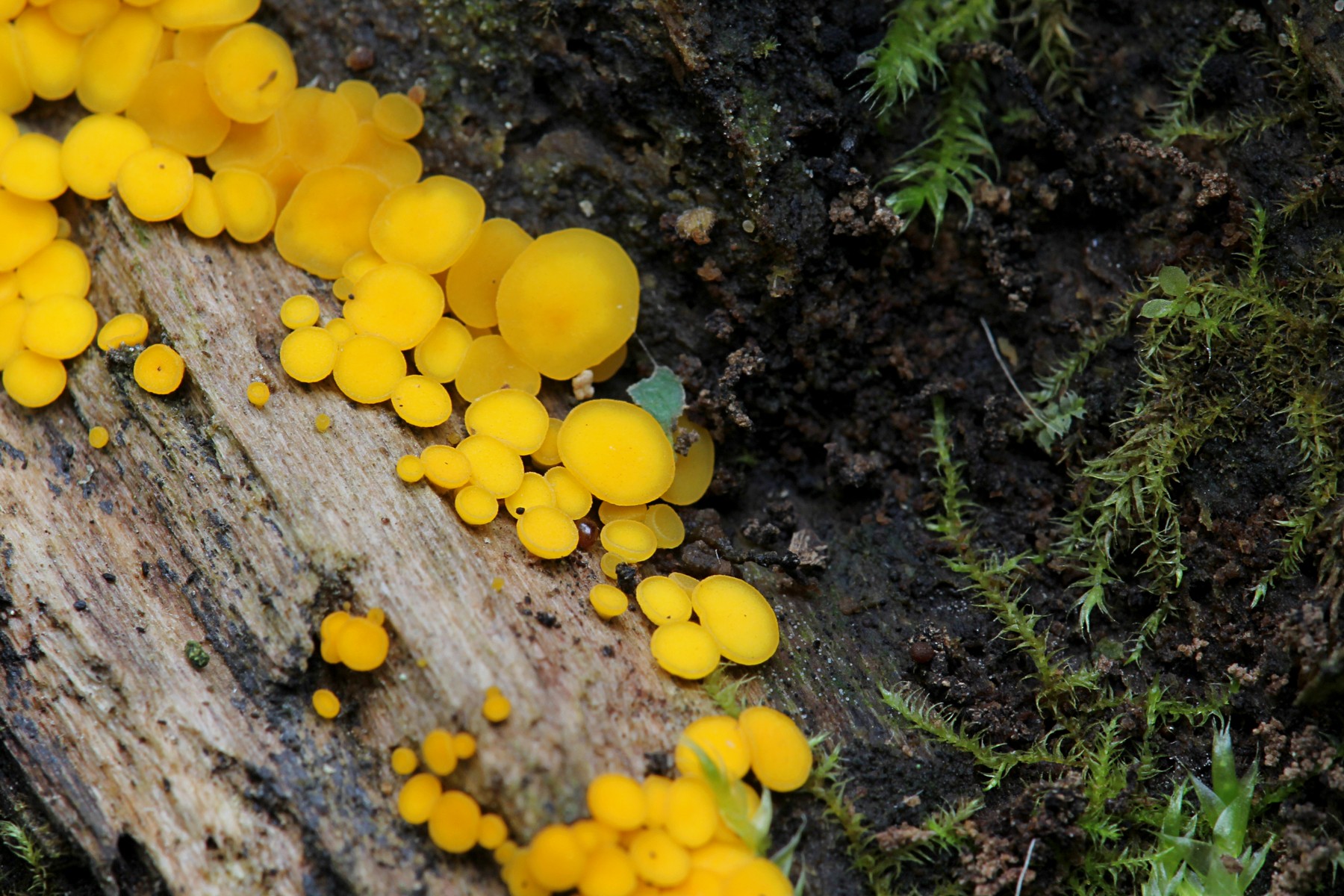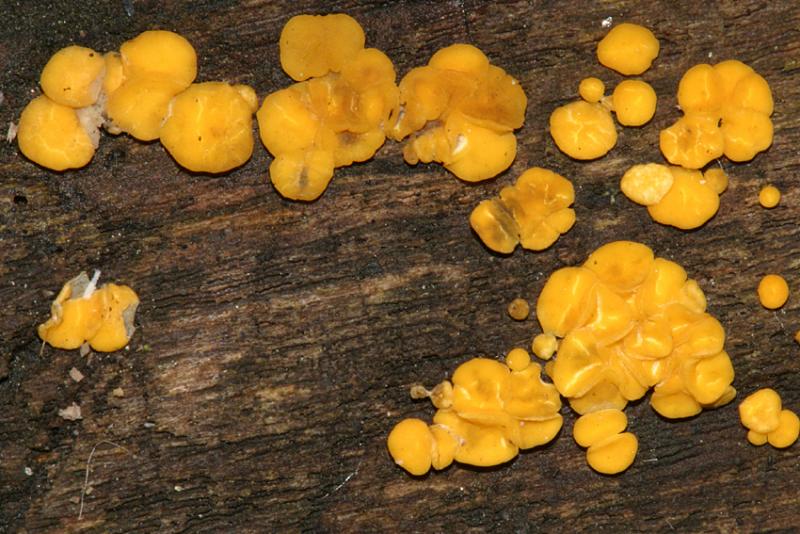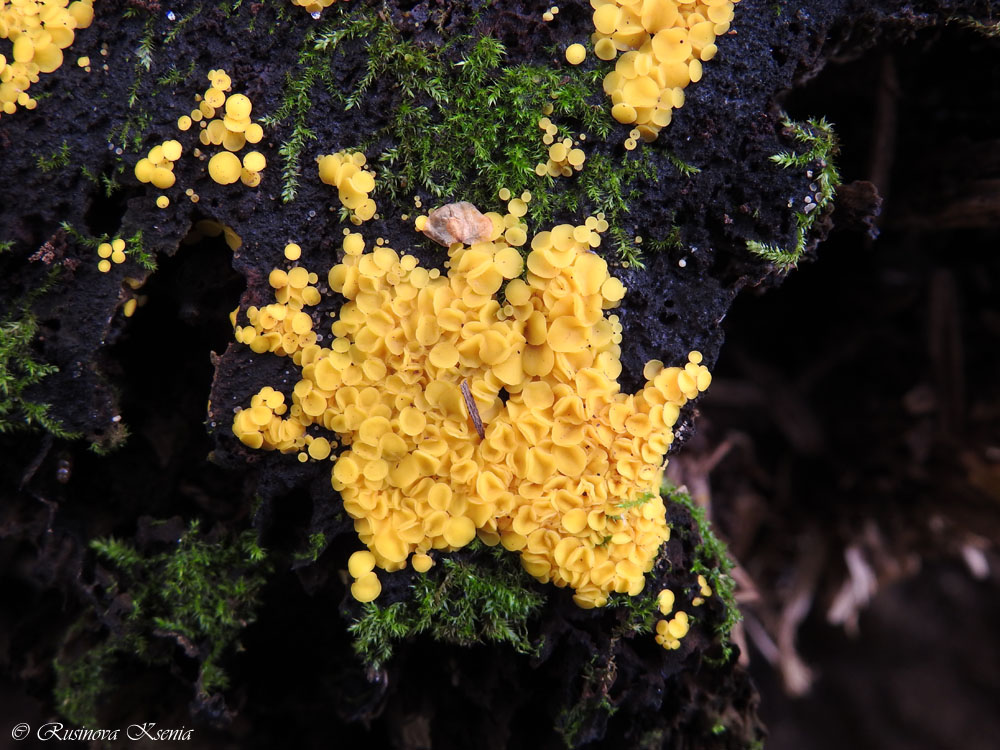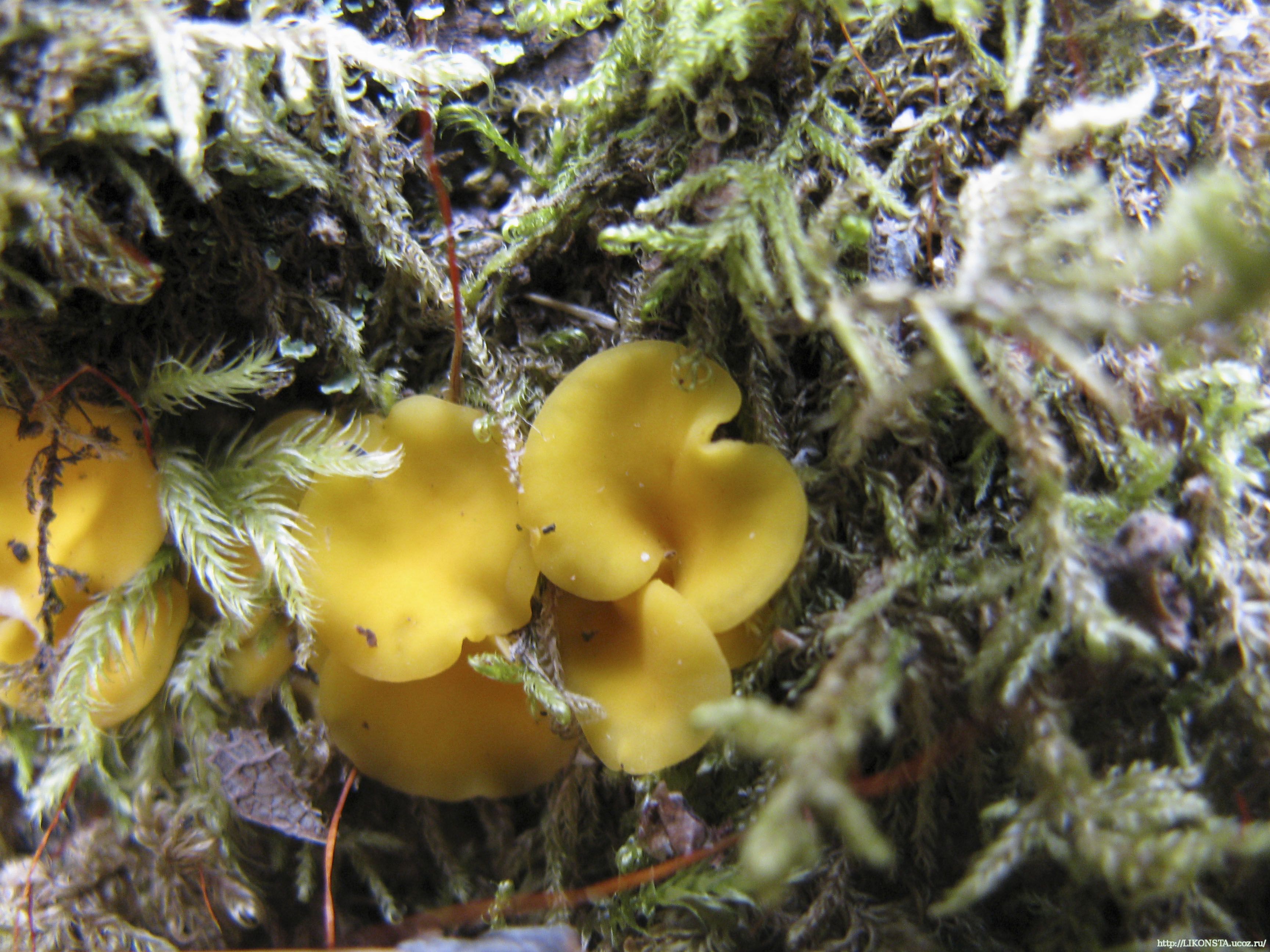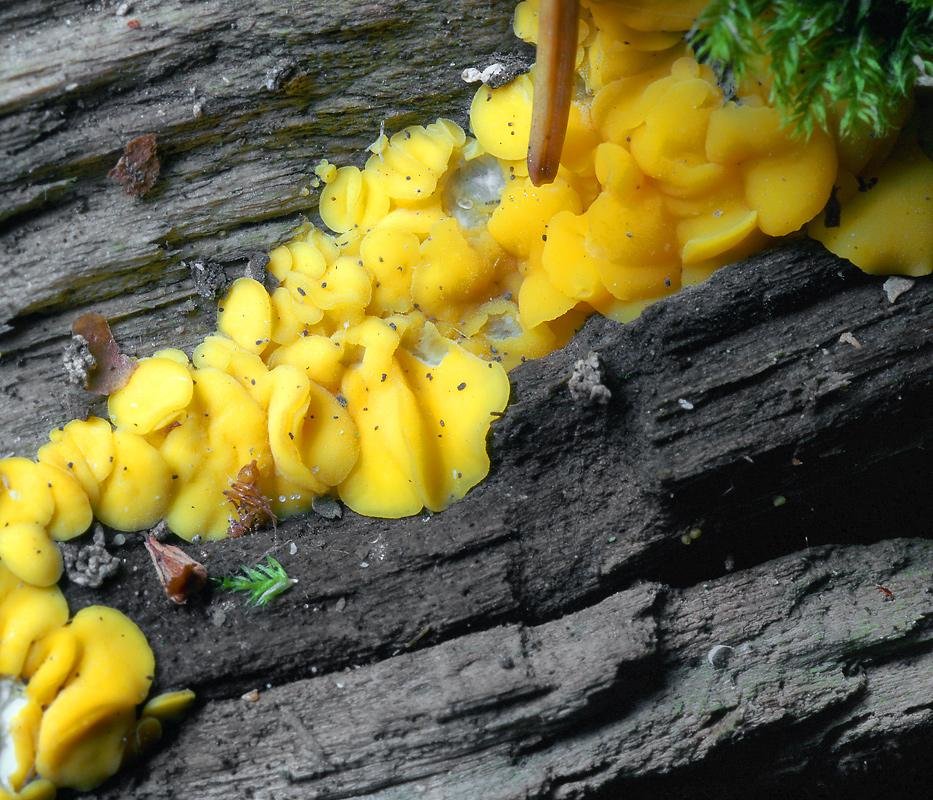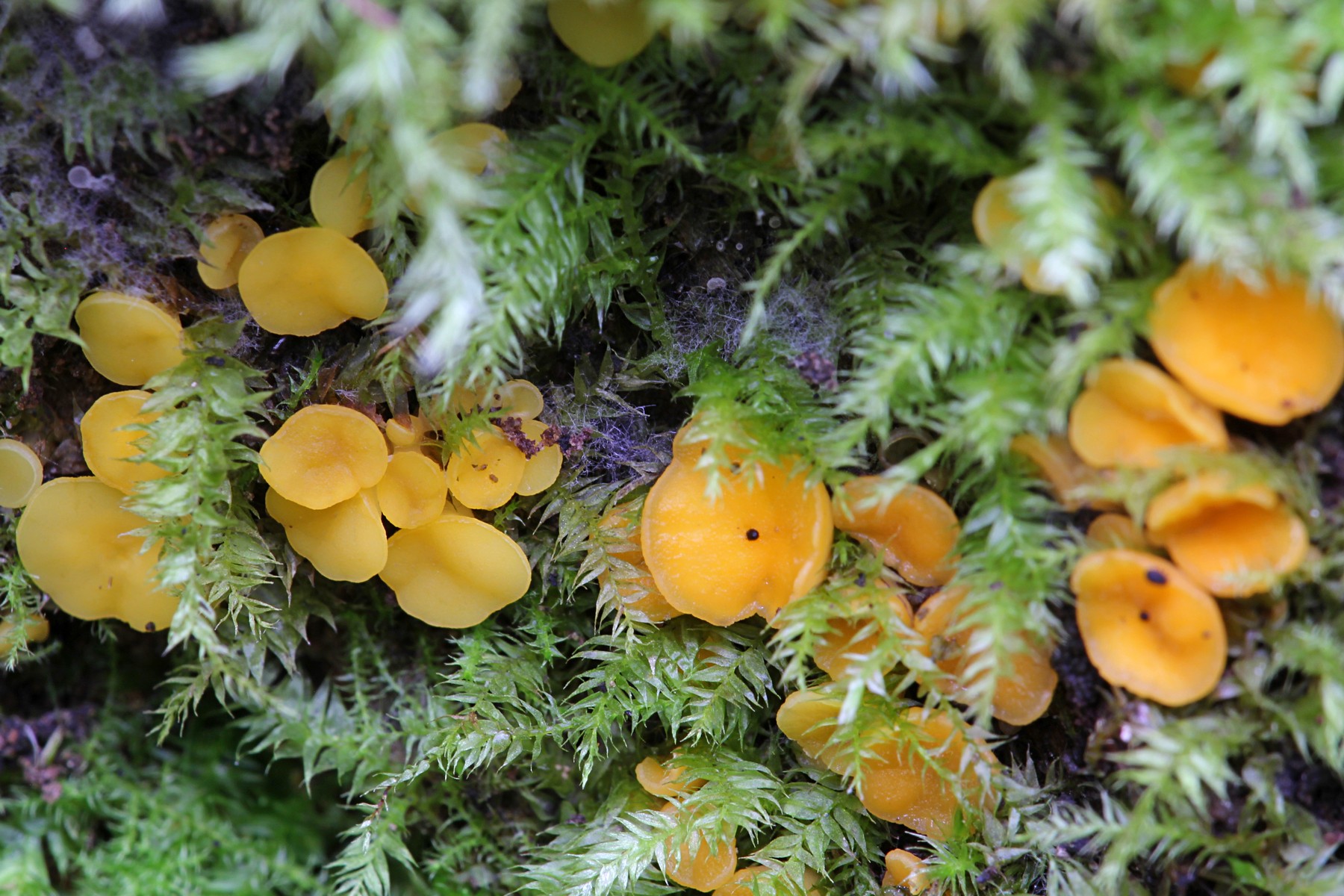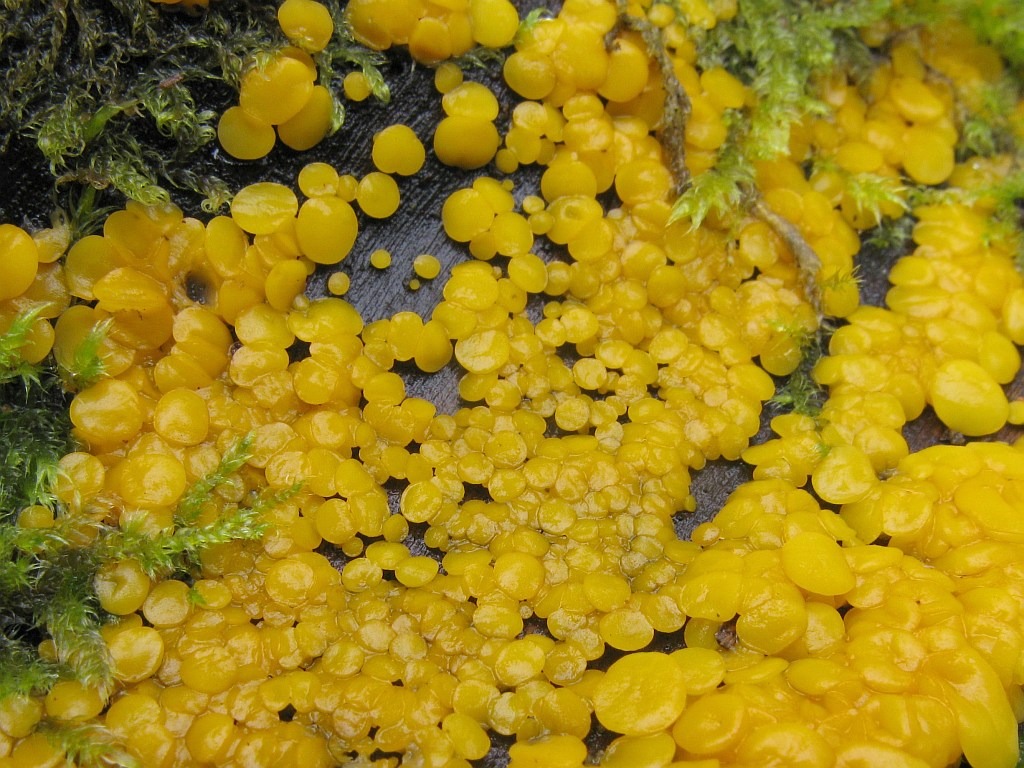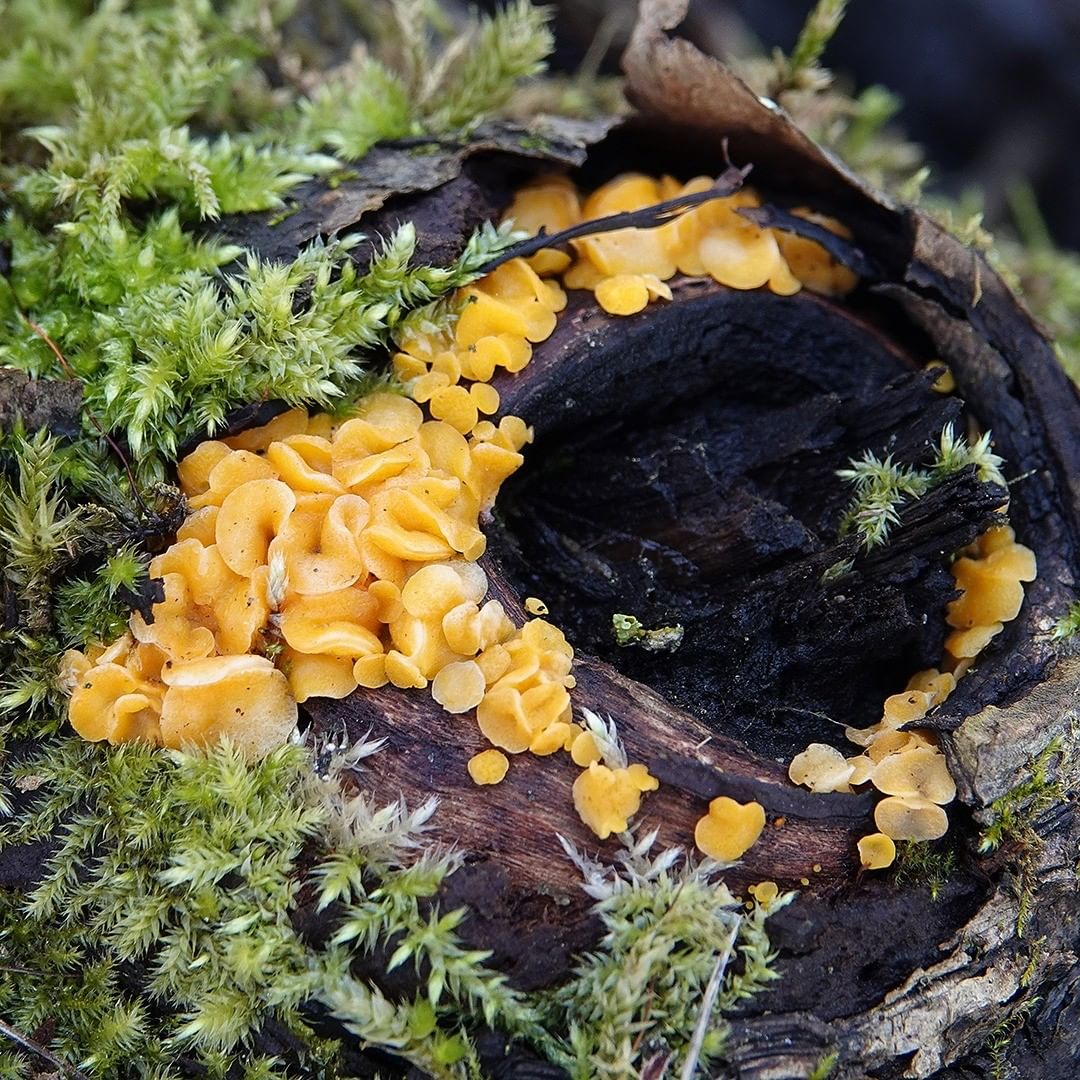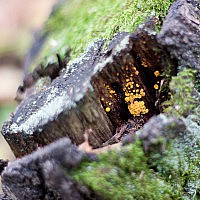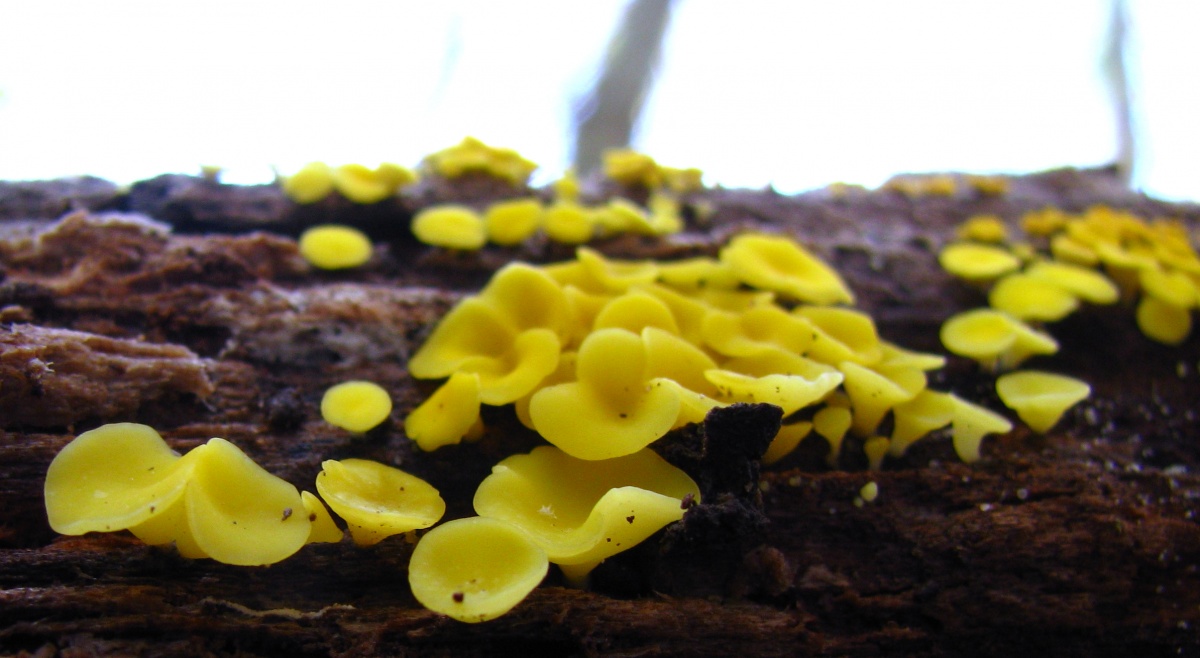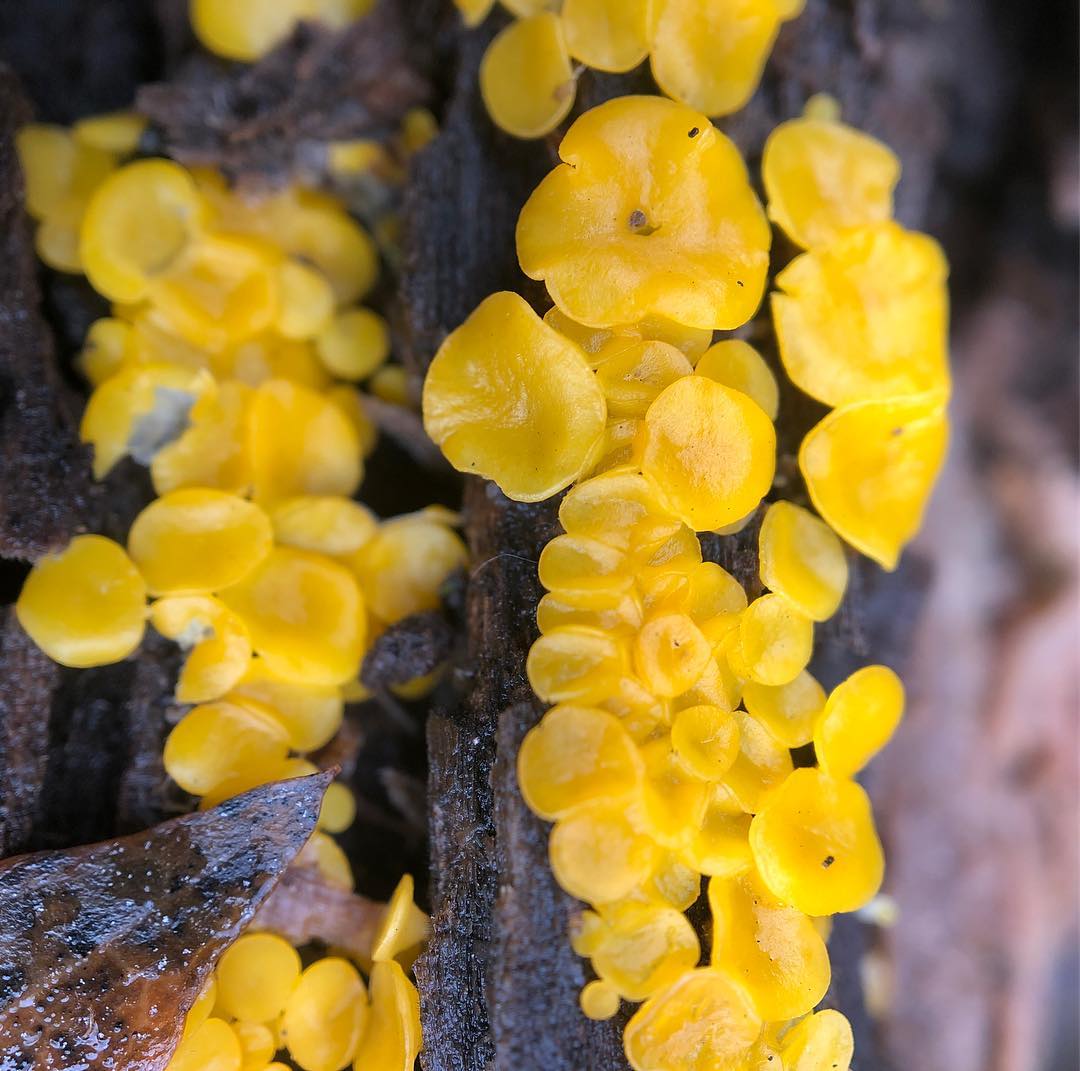Mushrooms of an unusual shape from the families Otydeyevy and Pecitsy
Otidea donkey (Otidea onotica).

Family: Otideaceae.
Season: early July - mid October.
Growth: in groups.
Description:
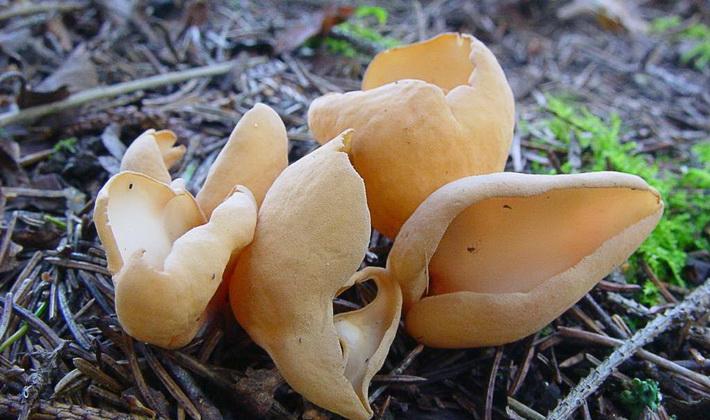
The fruit body is ear-shaped, with curled edges. The inner surface is yellow-ocher, yellow-orange with a reddish tinge and rusty spots.
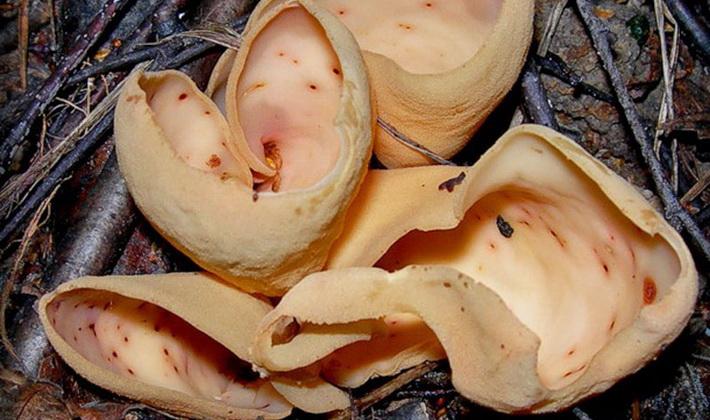
The pulp is thin, leathery, odorless.
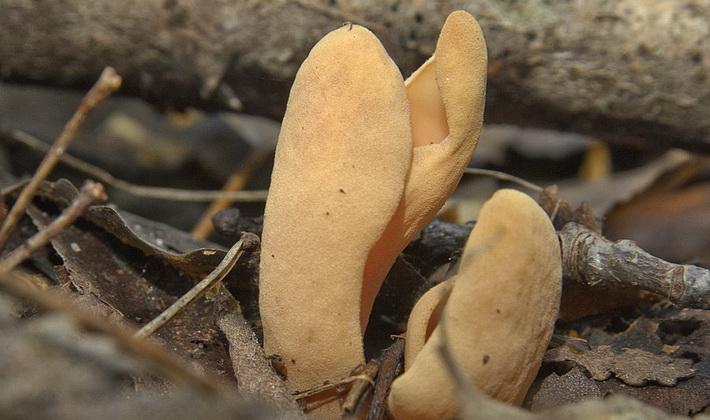
The outer surface is ocher, matt, with a distinct short stem.
Poor quality edible mushroom. It is used fresh after preliminary boiling.
Ecology and distribution:
Grows on soil in deciduous and mixed forests. Distributed in the European part of Russia and the Urals.
Brown Pecica (Peziza badia).
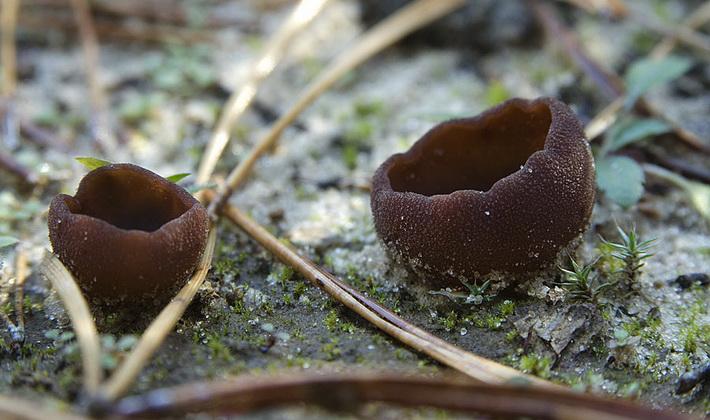
Family: Pezzaceae (Pezizaceae).
Season: mid-May - September.
Growth: in groups.
Description:
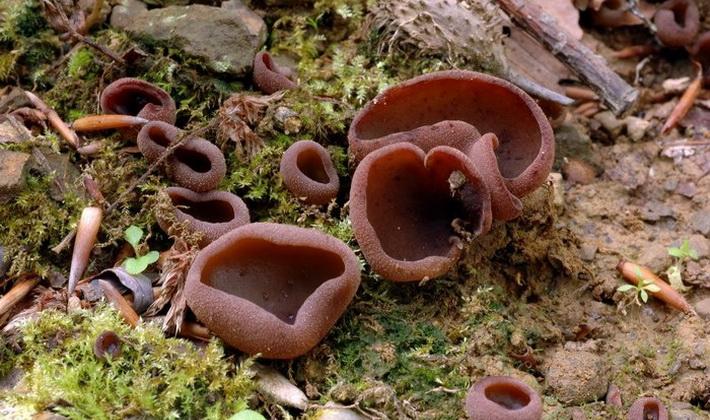
The outer surface is chestnut, grainy; the inner surface is smooth, shiny brown in wet weather.
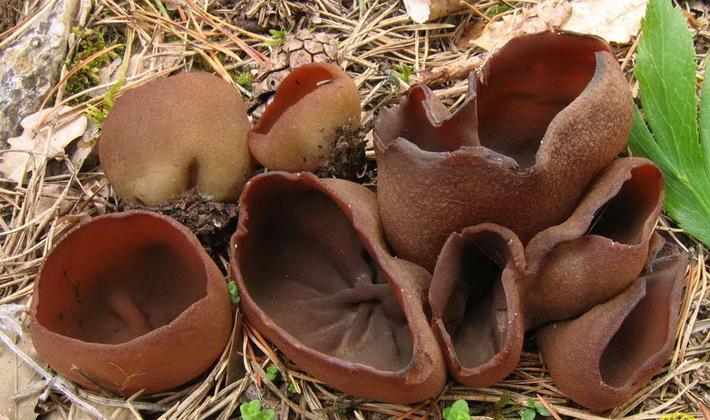
The fruit body is sessile, hemispherical in youth, then gradually opens. The mature fruit body is saucer-shaped with neatly tucked edges.

The pulp is brown, brittle, watery.
The edible mushroom is of very poor quality. It is used fresh after preliminary boiling, as well as dried.
Ecology and distribution:
It grows only in moist places on the soil in coniferous and mixed forests, on dead deciduous wood (aspen, birch), on stumps, near roads.
Bubble Pecica (Peziza vesiculosa).

Family: Pezzaceae (Pezizaceae).
Season: end of May - October.
Growth: in groups and singly.
Description:

The fruit body is at first almost spherical, then it becomes cupped with a torn, curled inward edge. The inner surface is matt or slightly shiny, beige, light brownish in color with an olive tint.

The outer surface is brownish-brownish, mealy. Old fruiting bodies are saucer-shaped, often with a lobed dried edge, sessile or with a very short stalk.
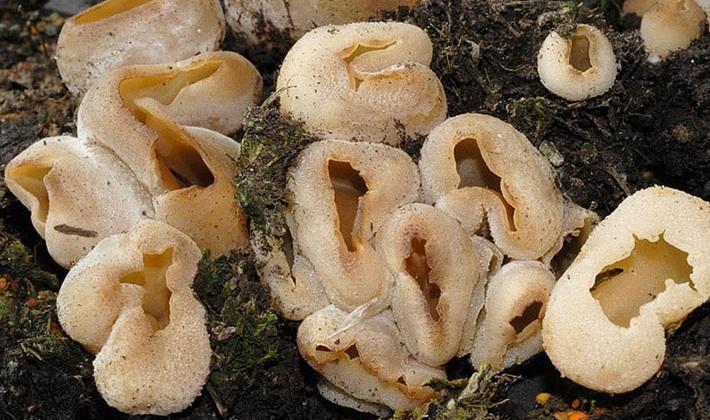
The pulp is brittle, waxy, brownish.
Information on edibility is contradictory. According to some reports, it can be used as food after boiling.
Ecology and distribution:
It grows in moist places on fertilized soil in forests and gardens, on rotten deciduous wood (birch, aspen), in landfills and flower beds.
Evaluation of edibility of lemon bisporella
These bright mushrooms have no nutritional value, since their size is too miniature.

Double bisporella lemon
The beech shiver may resemble this species. These are also small mushrooms - with a diameter of 2-4 centimeters, spherical, cerebral or cup-shaped. But the color of the trembling beech is pale pink, and over time it becomes red-violet. These mushrooms bear fruit at the same time as lemon bisporella, settle on rotting wood, especially on beech and grow in clusters.
Pure neobulgaria also resembles lemon bisporella. The diameter of these small mushrooms is 0.5-2 cm. They are reniform, cup-shaped or funnel-shaped in shape. The color of these mushrooms is gray-brown or gray-blue. They grow in September and October, meeting before frost. They settle in close groups on dead birch branches.

Related species of lemon bisporella
Often lemon bisporella can be found next to another equally interesting and striking representative of the family - blue-green chlorocyborium. This is also an inedible type of mushroom. Fruit bodies are green-blue in color, very noticeable, it seems that brilliant green has been poured onto the tree. Fruiting bodies are cupped at first, and later become "ears" -like. The surface is smooth and the edges are uneven and curvy. The short stalk has a whitish coating.
The fruiting bodies of blue-green chlorocyboria settle on rotting deadwood of deciduous trees. Fruiting occurs in July-November.


